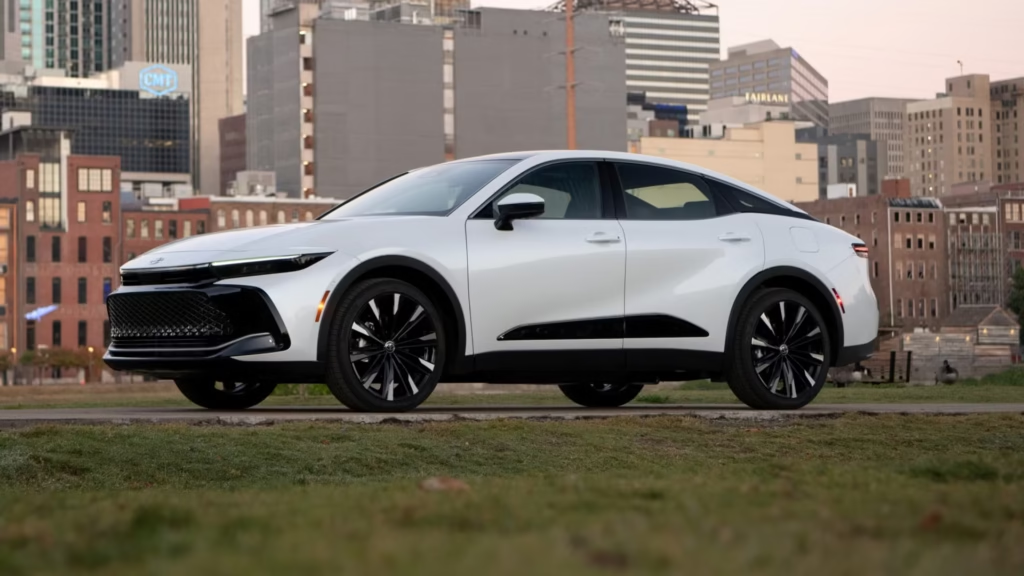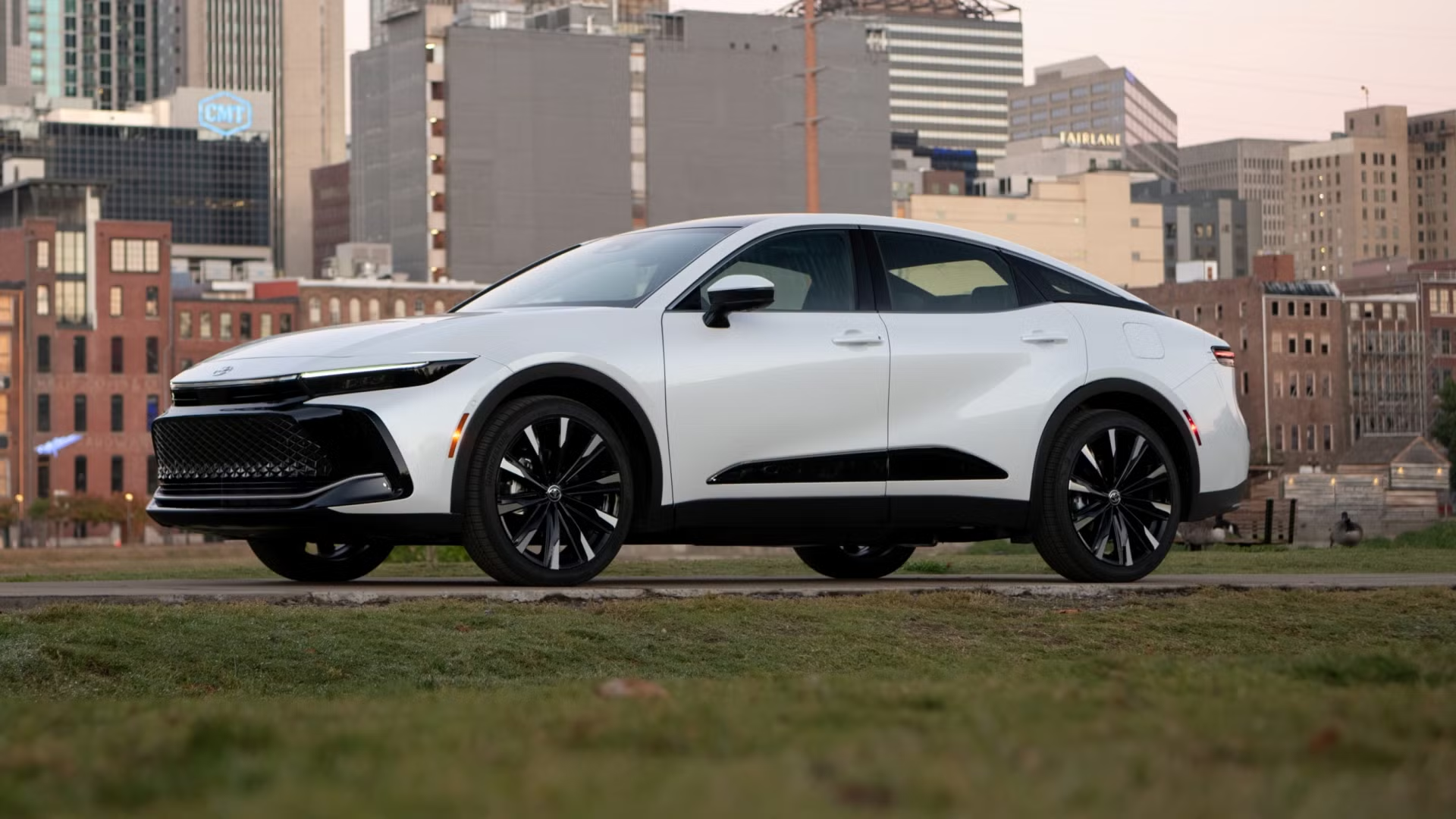
Hybrid cars are regaining popularity in the US in 2025 due to high fuel efficiency, lower costs, and charging-free convenience. Explore the top reasons behind their comeback.
Introduction
While electric vehicles (EVs) have been stealing the spotlight over the past few years, hybrid cars are quietly staging a major comeback in the United States in 2025. Once seen as a transitional technology between gas-powered cars and full EVs, hybrids are now enjoying renewed demand — thanks to rising gas prices, charging infrastructure gaps, and the need for affordable, practical green vehicles.
From urban commuters to suburban families, more Americans are choosing hybrids that offer excellent fuel efficiency without the range anxiety associated with electric cars. Popular models like the Toyota Prius, Honda CR-V Hybrid, and Ford Maverick Hybrid are flying off dealer lots, signaling a shift in consumer mindset in favor of flexibility and value.
What’s Fueling the Hybrid Resurgence?
🚗 1. Fuel Efficiency and Real-World Savings
In 2025, gas prices in many parts of the U.S. remain volatile, hovering above $4 per gallon in some states. Hybrids offer a practical solution, with many models delivering 40–60 mpg — significantly higher than traditional gas cars.
For example:
- Toyota Prius: Up to 57 mpg combined
- Ford Maverick Hybrid: 42 mpg city
- Hyundai Elantra Hybrid: 54 mpg highway
These real-world savings add up quickly, especially for people with long commutes or rideshare drivers.
🔌 2. No Charging Required
While EVs offer environmental benefits, they still depend on reliable charging infrastructure — which remains inconsistent, particularly in rural areas and apartment complexes.
Hybrids eliminate this concern altogether. Since they don’t require external charging, they appeal to buyers who:
- Lack home charging setups
- Take frequent road trips
- Prefer not to depend on public chargers
This “plug-free convenience” is one of the biggest reasons hybrids are surging again in 2025.
💰 3. Lower Upfront Costs Compared to EVs
Many hybrid models are significantly cheaper than their electric counterparts. For instance:
| Model | Type | Starting Price |
|---|---|---|
| Toyota Corolla Hybrid | Hybrid | ~$24,000 |
| Tesla Model 3 Highland | EV | ~$35,000 |
| Ford Escape Hybrid | Hybrid | ~$30,000 |
| Hyundai Ioniq 5 | EV | ~$41,000 |
This pricing gap, combined with lower insurance premiums and maintenance costs, makes hybrids an ideal option for budget-conscious buyers.
🌎 4. Eco-Friendly Without Range Anxiety
Modern hybrids use smaller, self-charging batteries that reduce carbon emissions significantly. Although they’re not 100% electric, their reduced fuel consumption lowers overall emissions, helping consumers reduce their environmental footprint.
Unlike EVs, hybrids don’t suffer from range anxiety — they refuel at any gas station and usually have a range of 500–600+ miles per tank. For many Americans, this practicality outweighs the pure-electric appeal.
🧠 5. Better Technology and Driving Experience
Today’s hybrids are smarter and smoother than early models. Manufacturers have improved:
- Acceleration and torque delivery
- Seamless transition between electric and gas power
- Regenerative braking for enhanced efficiency
- Connected infotainment systems with modern features
The 2025 Honda Accord Hybrid, for instance, offers near-luxury comfort with 204 hp, wireless Apple CarPlay, and advanced driver-assist systems — making it an all-rounder for families.
Popular Hybrid Cars in the US in 2025
Here are a few of the best-selling hybrid cars this year:
🔹 Toyota Prius
The original hybrid is better than ever, with futuristic styling, a refined interior, and up to 57 mpg combined.
🔹 Ford Maverick Hybrid
America’s favorite compact pickup, offering versatility, excellent fuel economy, and a base price under $25,000.
🔹 Honda CR-V Hybrid
Combines SUV practicality with 40+ mpg fuel efficiency and Honda’s legendary reliability.
🔹 Hyundai Tucson Hybrid
A stylish compact SUV with a strong feature list and great warranty coverage.
🔹 Kia Niro Hybrid
Compact, spacious, and incredibly efficient — ideal for urban drivers.
Are Plug-In Hybrids Also Gaining Ground?
Yes. Plug-in hybrid electric vehicles (PHEVs) like the Toyota RAV4 Prime and Kia Sportage Plug-In Hybrid are also seeing increased demand. These offer 20–40 miles of electric-only range and can run on gas when needed — giving users a taste of EV life without full commitment.
However, PHEVs are typically more expensive and may still require home charging for full efficiency, which is why standard hybrids remain more popular overall.
Government Incentives and Green Mandates
Although EVs still get the lion’s share of tax incentives, several U.S. states are reintroducing hybrid purchase rebates and emission-based registration discounts to support eco-friendly car adoption. At the same time, fleet operators like Uber and Amazon are including hybrids in their transition plans — boosting demand from commercial sectors as well.
Conclusion
In 2025, hybrids are no longer a compromise — they’re a smart, practical choice for millions of Americans. With their unbeatable fuel economy, affordable pricing, and charging-free convenience, hybrid vehicles are perfectly suited for today’s diverse driving needs.
As the automotive world moves toward full electrification, hybrids serve as the ideal middle path — offering sustainability without sacrificing freedom. Whether you’re a commuter, a contractor, or a carpooling parent, there’s likely a hybrid that fits your lifestyle and your wallet.

